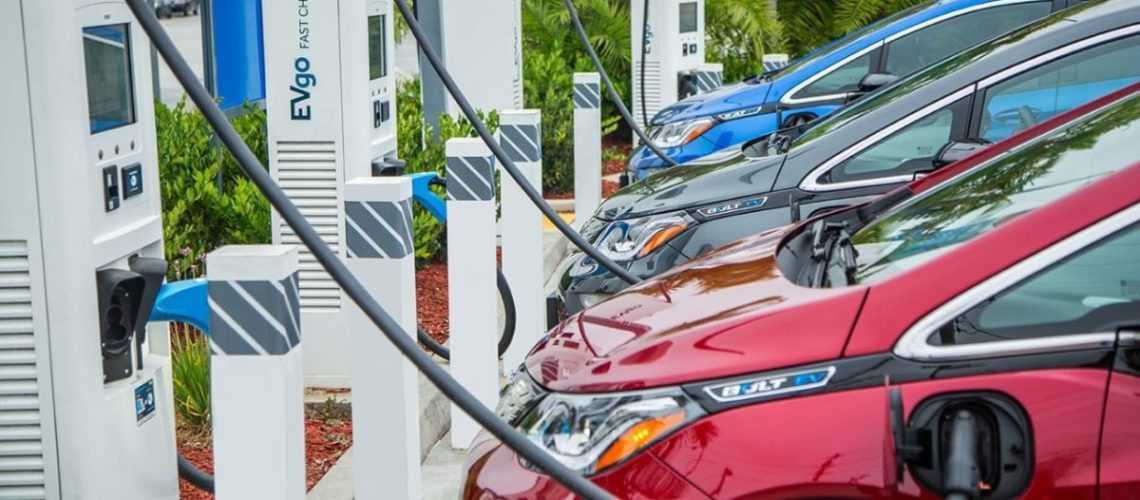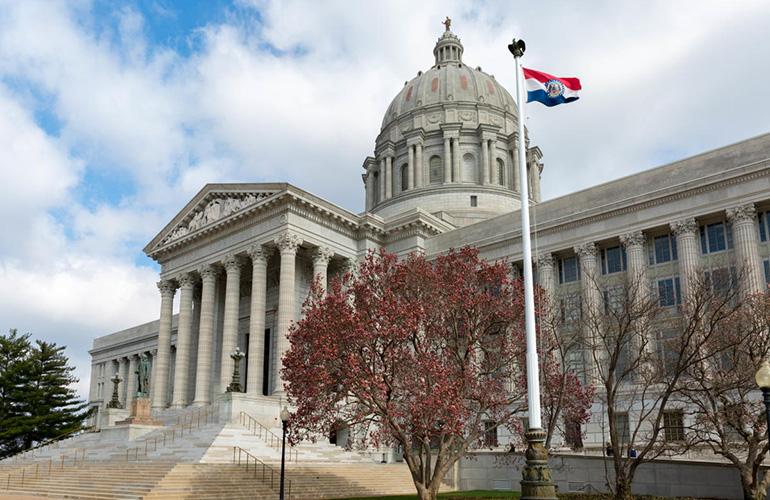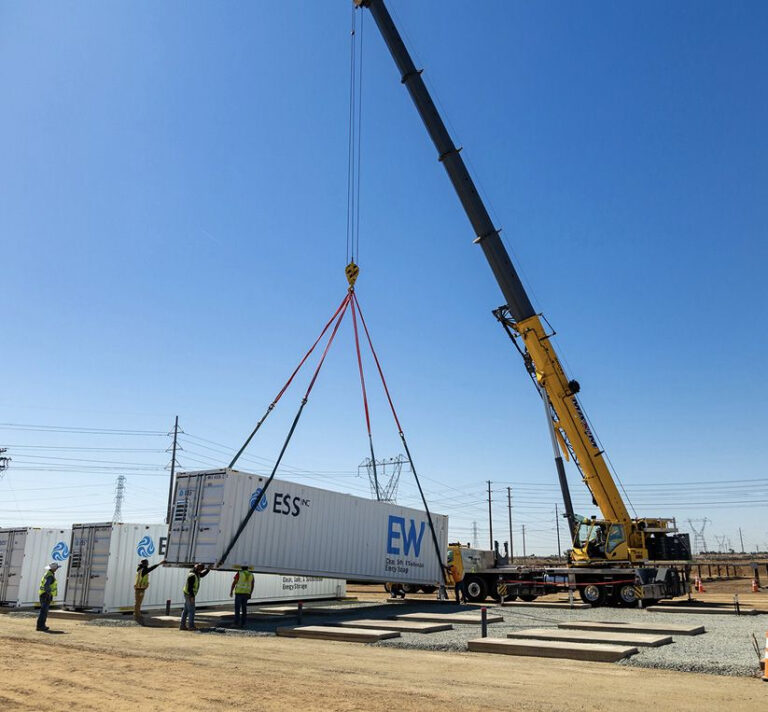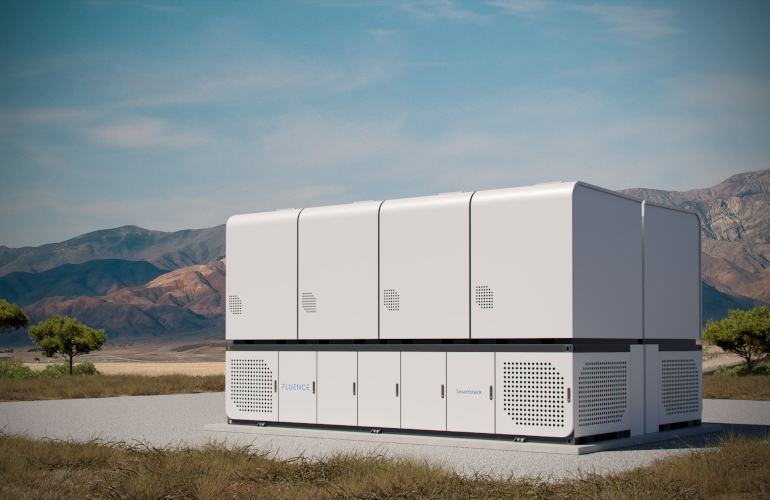Savings due to flexible demand could approach $3 billion per year by 2040.
New York State has the potential for 8 GW of cost-saving flexible electricity demand by 2040, according to the report New York’s grid flexibility potential by The Brattle Group.
Managed charging of a projected 6.4 million electric vehicles in the state by 2040 could provide the greatest contribution to flexible demand.
Large flexible demand contributions are also possible from commercial and industrial demand response, 2 GW of customer-sited storage by 2040, and load shifting by heat pumps and electric water heaters.
Brattle projects that electric heating in New York will serve 60% of homes by 2040, up from 19% now. As a result, the study projects that the state’s net peak load will shift from a summer peak through 2030, to a winter peak by 2040. Net peak load is determined based on total demand minus renewable generation.
With a winter peak by 2040, flexible demand, including load shifting by heat pumps, “could address winter capacity needs,” the study says, and “play a role in mitigating renewables curtailments and an evening ramp.”
Heat pumps could provide those benefits by preheating spaces at times of high renewable generation, thereby using less electricity in the evening, reducing the evening ramp.
By reducing the net peak load, flexible demand would reduce the need for added generating capacity and distribution grid investments. Brattle projected that by 2040, flexible demand could avoid nearly $3 billion per year in power system costs if it reached the 8 GW level, which would be about 25% of net system peak load.
Brattle considered only demand flexibility options that are dispatchable—that is, controlled through a grid flexibility program—and that had “sufficient empirical support for quantitative modeling, based on full-scale deployments or rigorous piloting.”
California is developing another approach to flexible demand, based on a strategy of sending real-time prices to electricity-using equipment, or sending “prices to devices.” The state is now developing flexible demand appliance standards for electric storage water heaters, and expects to develop such standards for electric vehicle chargers and battery energy storage systems.
California utilities are already communicating dynamic prices to customers, using the OpenADR 3.0 standard. Beyond supporting price-based demand flexibility, OpenADR 3.0 also supports traditional demand response and virtual power plants.
Brattle plans to discuss other flexible demand “technologies of interest” in a subsequent report. The current study says that vehicle-to-grid (V2G) electricity supply, as a California utility is piloting, “is a significant opportunity” if barriers are overcome.
As part of its study, Brattle projected that by 2040, New York’s renewable generation capacity will reach 62 GW, up from 8.8 GW today, made up of distributed and large-scale solar, plus onshore and offshore wind power.






